 17
17
Yasukuni Shrine in Photos
Hannah WarrenDespite its rather controversial nature, Yasukuni Shrine is a lovely, peaceful place to escape from the city. There are plenty..

Yasukuni Shrine (Yasukuni Jinja), located in Chiyoda City, Tokyo, was established in 1869 by Emperor Meiji to commemorate and honor those who gave their lives for their country during war time. Today, the shrine is dedicated to nearly 2.5 million souls from a number of conflicts, including the Boshin War, the Seinan War, World War I, the Manchurian Incident, the China Incident, and World War II. Men, women, and children who supported Japan in roles such as, but not limited to, soldiers, factory workers, and civil service workers are worshipped equally regardless of rank, social status, or gender. The shrine solemnly recognizes the names, origins, birth dates, and places of death of these individuals by listing their information on-site. The shrine stands as a solemn reminder of the effects of war with an atmosphere of both respect and tragedy. Though in recent years, Yasukuni has become one of Japan’s most controversial shrines.
Emperor Meiji founded Yasukuni Jinja in 1869 during the second year of the Meiji Restoration. During this time, Japan was going through political reform, which sparked an internal conflict known as the Boshin War, where people in favor of military rule fought individuals who aimed to return power to the Imperial court. After this significant event, Emperor Meiji ordered the construction of Shokonsha Shrine, which he later renamed Yasukuni Jinja in 1879, to honor those who gave their lives for this historic change. Emperor Meiji founded Yasukuni to stand as a symbol of the ultimate sacrifices people made to bring peace to Japan. Today, the shrine is recognized as an Imperial Shrine of Special Status.
In recent years, Yasukuni Jinja has seen some political controversy as fourteen convicted class A war criminals from WWII are enshrined among the deified souls. This has put many of Japan's leading ministers under scrutiny for visiting the shrine, related to the principle of separation of church and state.
Five million people visit Yasukuni Jinja every year to pay their respects to the enshrined souls. The shrine is free to visit and is open year-round from 6:00 to 18:00 (17:00 from November to February).
Yasukuni’s entrance is marked by the dominating Daiichi Torii, which is the first shrine gate and one of the tallest torii’s in Japan, standing at 22 meters tall. As visitors pass the threshold onto the sacred grounds, they are enveloped in an atmosphere of solemn serenity. The traditional, yet not overly-flamboyant architecture coupled with the surrounding nature creates a peaceful environment that honors the enshrined souls. Directly past the torii is a bronze statue of Omura Masujiro, the first Minister of War after the Meiji Restoration. Continuing forward, guests will pass through a second torii, named Daini and then Shinmon, a pagoda-style main gate. The main area of the shrine opens up to a courtyard filled with cherry blossoms, which leads to Haiden Main Hall and Yushukan Museum to the right. Yushukan Museum is an impactful building that tells the stories of the countless enshrined souls. Though the museum has also come under scrutiny due to its conservative and biased retelling of wartime events. The museum has an 800 JPY admission fee and is open from 9:00 to 16:30.
For springtime enthusiasts, Yasukuni is also a significant spot as it is home to Tokyo’s representative cherry blossom tree, which is used by meteorologists to announce the official start of the cherry blossom season.
Yasukuni Jinja performs daily rituals where it offers food and words of gratitude to the dead, and twice a year, in spring and autumn, it performs major rituals in which offerings by the emperor are consecrated. Members of the imperial family also take part in these rites. The shrine also plays host to numerous Shinto festivals and rituals year-round.
Five minute walk from Kudanshita Station, or ten minute walk from Ichigaya and Iidabashi stations.
 17
17
Despite its rather controversial nature, Yasukuni Shrine is a lovely, peaceful place to escape from the city. There are plenty..

Tokyo is home to hundreds of shrines, many are grand and certainly all are steeped in Japan’s religious and historical traditi..

 7
7
A large sakura festival is held every year at Yasukuni Shrine, and the historical significance of the location only adds to the..
 12
12
Putting reputation aside, Yasukuni shrine is a great place to visit during the Cherry Blossom season where you’ll see many ter..

Each year Yasukuni Shrine holds a ceremonial sumo event where you can watch sumo wrestling for free
 8
8
As an Indian resident in Tokyo, I frequently go to Kudanshita, where the Indian embassy is located; for passport matters, celebration..
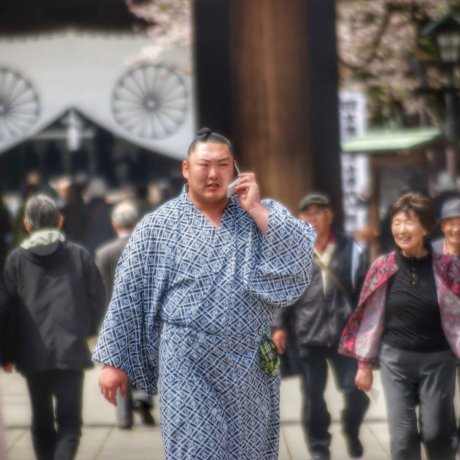 6
6
Honozumo Ceremonial Sumo Tournament, Held at the Yasukuni Shrine in Tokyo - Watch the best Sumo Wrestlers fight for free!

Soul-Comforting Spring or Irei no Izumi at Yaskuni Shrine in Tokyo is a symbolic tribute to soldiers who died at war

Honor your ancestors at the Obon festival, Mitama Matsuri celebrated at Yasukuni Shrine in Tokyo.
 13
13
Come and experience one of the only places in the world where you can see a former Axis power commemorating their part in the Second..
 9
9

For three nights in late March, Tokyo's Yasukuni Shrine will host the Night Cherry Blossom Pilgrimage, an event that invites..
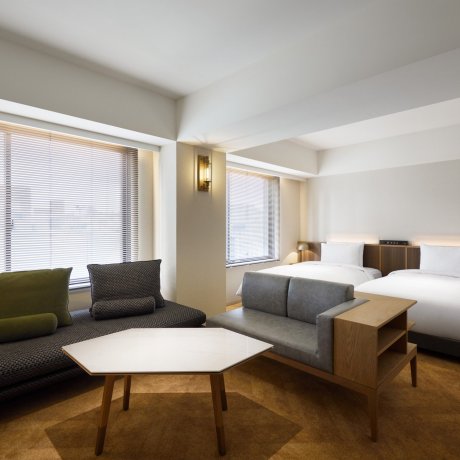
NOHGA HOTEL AKIHABARA TOKYO is conveniently located in the midst of the electric town Akihabara, also known as the capital of manga and anime. In addition,..
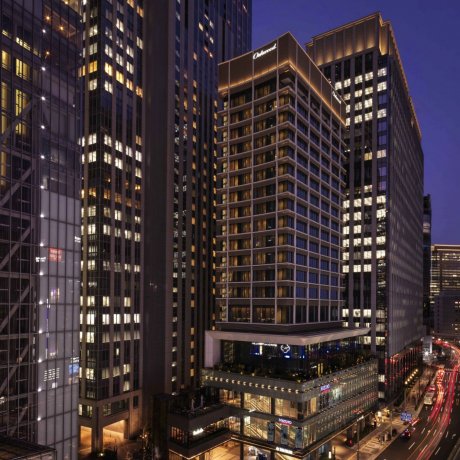
Oakwood Premier Tokyo comes from a brand of standout luxury hotel & service apartments right at the heart of the Tokyo metropolis. It is located in the..

Located right next to Shinjuku Chuo Park, THE KNOT TOKYO Shinjuku is a modern hotel with an exceptional design and easy access to the nearby Shinjuku..

PIZZERIA & BAR NOHGA is an all day dining restaurant interpreting a fusion of “Spanish Italian” cuisine and has a kitchen to table design. There is..

Bunny Cafe Moff Rell in Tokyo's Chiyoda Ward offers a chance to interact with adorable rabbits. You can make reservations for the cafe by phone, or..

The Pokémon Café in Nihonbashi, which opened in March 2018, is the latest character café in the popular series of games and series in Tokyo. The café..

The Nippon Budokan, located in Chiyoda, Tokyo, is one of Japan’s most iconic cultural and sporting venues. Originally built for the judo competition..
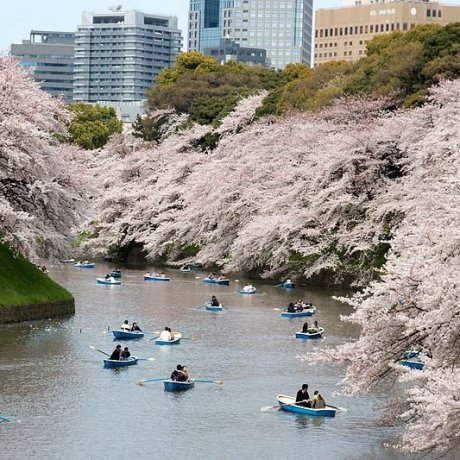
The Chidorigafuchi Trench is one of the best places in Tokyo to see the cherry blossoms in spring, from late March to early April. This 700-meter walk..
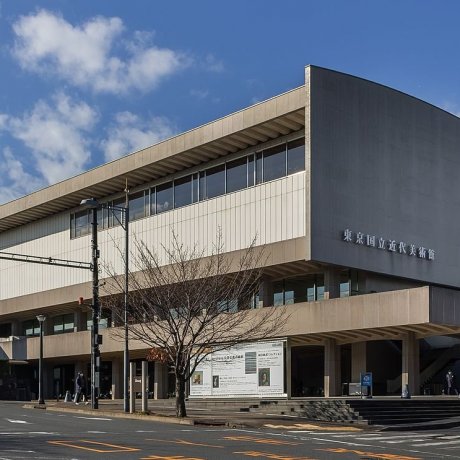
The National Museum of Modern Art, Tokyo, (abbreviated as MOMAT) is Japan’s first national art museum. The museum was initially founded in 1952 in Chuo..
Your feedback has been sent.